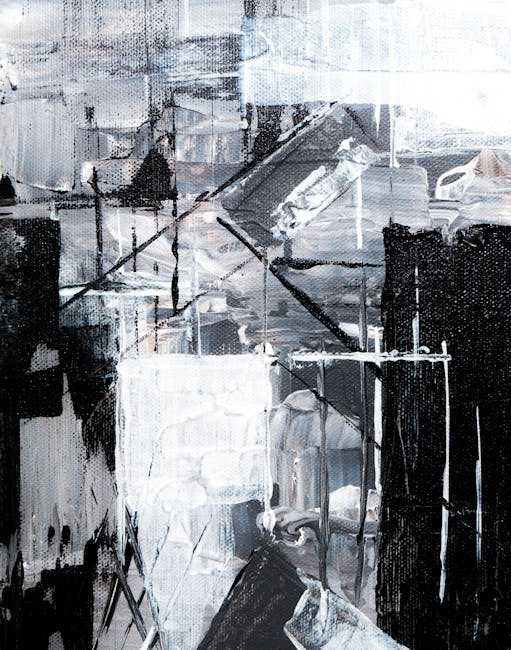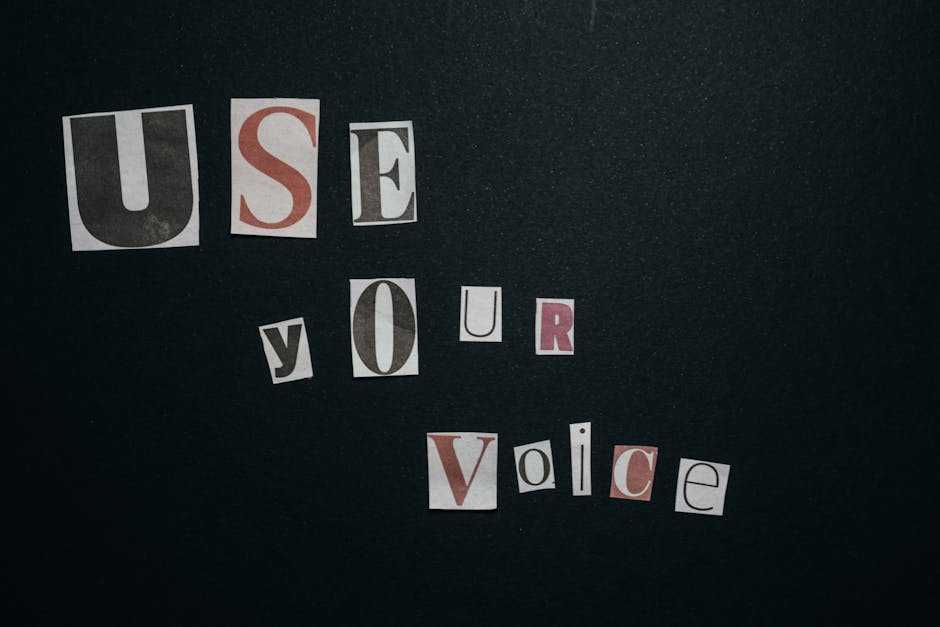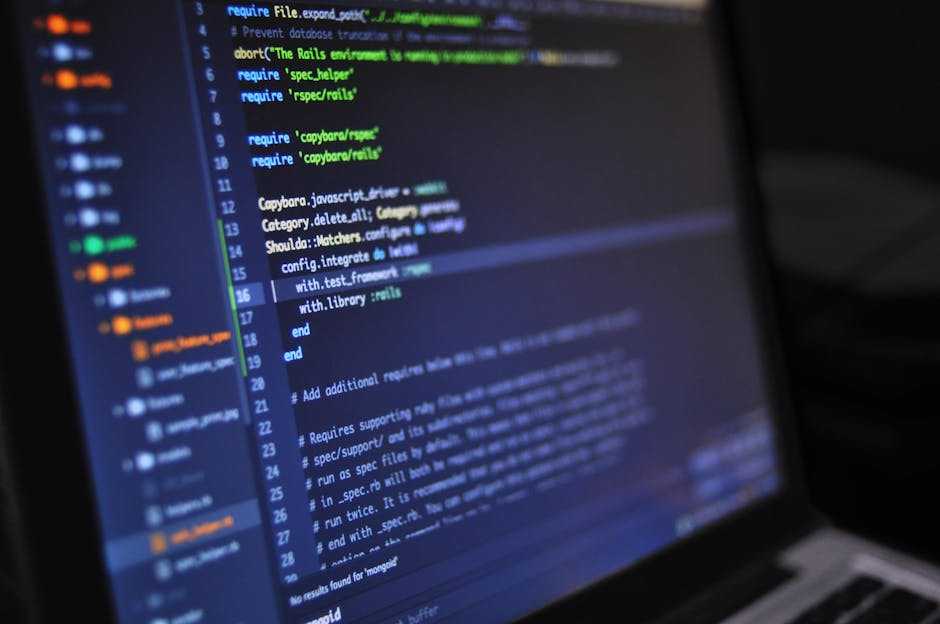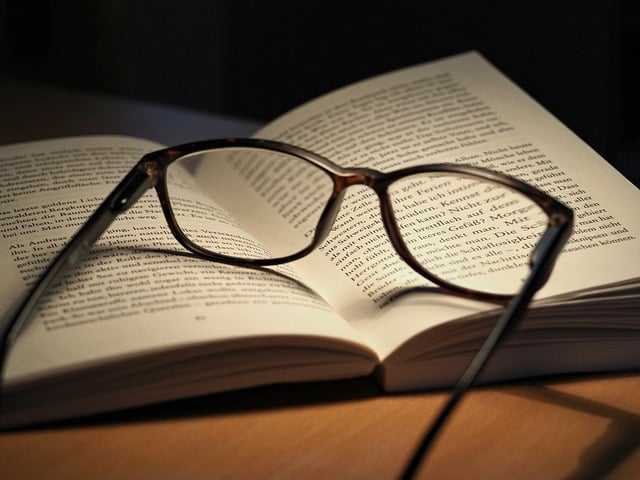Introduction to Modern Art History
As the brushstrokes of time have worn on, the canvas of art has continually evolved, reflecting the complex tapestry of human experience. Modern art history stands as a testament to this evolution, charting a course from the late 19th century to the present day—a period marked by radical experimentation, innovative expressions, and bold defiance of traditional norms. From the vibrant splashes of Impressionism to the thought-provoking concepts of conceptual art, each movement has told its own story, shaped by the socio-political landscape of its time. In this exploration of modern art history, we will embark on a journey through the pivotal movements and influential figures that have significantly altered our perception of creativity and self-expression. Join us as we unravel the layers of meaning behind the masterpieces, illuminate the struggles and triumphs of the artists, and appreciate how modern art continues to resonate in the lives of individuals across the globe.Table of Contents
- Exploring the Roots of Modern Art and Its Evolution
- Key Movements that Shaped the Modern Art Landscape
- Influential Artists Who Redefined Creativity in the 20th Century
- The Role of Technology and Innovation in Modern Art Practices
- Navigating Contemporary Interpretations and Future Trends in Art
- Q&A
- In Retrospect


Exploring the Roots of Modern Art and Its Evolution
Modern art traces its lineage back to the late 19th and early 20th centuries, a period marked by profound social, political, and industrial changes. Artists began to break away from traditional forms and techniques, seeking new ways to express the rapidly changing world around them. This evolution was fueled by movements such as Impressionism, where artistic perception was shifted, placing emphasis on light, color, and the transient experiences of everyday life. As these artists stepped outside the confines of realism, they laid the groundwork for future experimentation and innovation.
The early 20th century birthed several pivotal movements, each contributing to the rich tapestry of modern art. Key movements included:
- Cubism: Pioneered by Pablo Picasso and Georges Braque, this style fragmented objects into geometric shapes, challenging viewers to see subjects from multiple perspectives.
- Surrealism: With key figures like Salvador Dalí, surrealism sought to explore the subconscious and dream-like realities, pushing the boundaries of imagination.
- Abstract Expressionism: Artists such as Jackson Pollock and Mark Rothko emphasized spontaneous, personal expression, often through bold colors and dynamic forms.
As the 20th century progressed, modern art continued to evolve, embracing diversity and inclusivity within its narrative. Globalization led to cross-cultural influences, with artists drawing inspiration from varying traditions and techniques. The rise of digital technology also transformed artistic practices, allowing for new mediums such as digital painting and virtual art installations. Below is a brief overview of the impact of technology on modern art:
| Technology | Impact on Modern Art |
|---|---|
| Photography | Changed perceptions of reality, allowing artists to capture fleeting moments. |
| Digital Media | Expanded creative possibilities, giving rise to new genres and online exhibits. |
| Social Media | Enhanced art accessibility and audience engagement, allowing artists to reach a global audience. |
Key Movements that Shaped the Modern Art Landscape
The evolution of modern art is marked by a series of revolutionary movements that challenged conventional perspectives, paving the way for contemporary expressions. From the vibrant strokes of Fauvism to the fragmented forms of Cubism, each movement introduced new techniques and philosophies. Notably, Fauvism, spearheaded by artists like Henri Matisse, celebrated bold colors and emotional expression, moving away from representational accuracy. Meanwhile, Cubism, co-founded by Pablo Picasso and Georges Braque, deconstructed objects into geometric shapes, encouraging viewers to engage with art in multifaceted ways.
Surrealism emerged in the early 20th century as a powerful force that explored the unconscious mind and dreams. Spearheaded by figures like Salvador Dalí and André Breton, this movement resisted rationalism, employing bizarre and dream-like imagery to provoke thought. Artists sought to challenge ordinary perceptions of reality and tap into deeper psychological experiences, allowing imagination to reign supreme. Techniques such as automatic drawing and collage became essential tools for surrealists, creating artworks that were both provocative and enigmatic.
| Movement | Key Characteristics | Notable Artists |
|---|---|---|
| Fauvism | Bold colors, emotional expression | Henri Matisse, André Derain |
| Cubism | Geometric forms, multifaceted perspectives | Pablo Picasso, Georges Braque |
| Surrealism | Dream imagery, unconscious exploration | Salvador Dalí, Max Ernst |
Following the surrealist wave, Abstract Expressionism took center stage in the mid-20th century, emphasizing spontaneous, automatic, or subconscious creation. Artists like Jackson Pollock and Mark Rothko broke away from traditional forms to express emotion through vibrant color fields and dynamic brushwork. This movement underscored the act of painting as an essential part of the artwork, where the process itself became equally as important as the final piece. It not only redefined the artist’s role but also influenced generations of creators to explore their inner landscapes and individual expressions.


Influential Artists Who Redefined Creativity in the 20th Century
Throughout the 20th century, a plethora of visionary artists emerged, challenging traditional boundaries and introducing innovative concepts that transformed the landscape of art. Among these, Pablo Picasso stands out as a pioneer of the Cubist movement. By deconstructing and reassembling forms, he invited viewers to engage with art in a multi-dimensional way, prompting a shift in perception that emphasized abstraction over realism. His work, particularly pieces like “Les Demoiselles d’Avignon,” showcased the power of fragmentation and simultaneous perspectives.
Another artistic luminary, Marcel Duchamp, revolutionized the notion of what constitutes art with his groundbreaking piece, “Fountain.” By presenting an ordinary urinal as art, Duchamp questioned the very essence of creativity and authorship, paving the way for conceptual art. His readiness to embrace the everyday and elevate it to a status of significance encouraged subsequent generations to explore personal and societal narratives through their work, further blurring the lines between art and life.
Moreover, the landscape of American art was profoundly influenced by Jackson Pollock and his signature action painting technique. By dripping paint onto canvases laid flat on the ground, Pollock emphasized spontaneity and physicality, allowing the artistic process itself to become an integral part of the artwork. His *gestural strokes* and emphasis on the unconscious brought forth the idea that the act of creation could be just as important, if not more so, than the final piece itself. This focus on process opened up new avenues for artistic exploration, inspiring movements such as Abstract Expressionism.


The Role of Technology and Innovation in Modern Art Practices
The evolution of modern art is intricately linked with the advancements in technology and innovative practices that artists embrace to expand their creative horizons. From the birth of photography to the latest in digital media, each technological leap offers artists new tools and platforms for expression. Electronic mediums, for instance, allow for a dynamic interplay of digital images, sounds, and virtual environments, pushing the boundaries of traditional art forms. Artists today frequently utilize programming languages and software to create works that are not only visually stunning but also conceptually profound, merging art with algorithms in fascinating ways.
With the rise of social media and online platforms, the distribution model of art has also transformed significantly. Artists can now reach global audiences far beyond physical gallery spaces, enabling art to become more inclusive and diverse. Some key developments in online art practices include:
- Virtual Exhibitions: Providing immersive experiences through VR technology.
- Social Media Campaigns: Leveraging platforms like Instagram and TikTok to showcase and sell art.
- Collaboration Tools: Enabling artists to work together remotely, fostering new forms of collaborative art.
Moreover, the intersection of art and science has given rise to innovative movements such as bio-art, where living organisms are modified or used as the medium itself. This not only challenges traditional notions of what art can be but also encourages discussions around sustainability and ethics. The contemporary art scene is ripe with experimentation, often leading to thought-provoking pieces that reflect on our technologically saturated environment. As artists continue to embrace these advancements, the dialogue surrounding artistic innovation urges viewers to rethink their perceptions and understandings of what constitutes “modern” art.


Navigating Contemporary Interpretations and Future Trends in Art
As we immerse ourselves in the fluid landscape of art, it becomes apparent that *contemporary interpretations* play a pivotal role in shaping perceptions. Artists today often engage with various mediums, combining traditional techniques with modern technology. This fusion invites viewers to reconsider the very definition of art, expanding it beyond conventional aesthetics. For example, digital art and installation pieces have created spaces where interactivity and viewer participation blur the lines between creator and audience. Key elements that illustrate this shift include:
- Interdisciplinary Approaches: Artists are embracing influences from fields like science, technology, and sociology.
- Social Commentary: Many modern artists use their work to provoke thought about current events, cultural identity, and global issues.
- Environmental Awareness: A growing number of works reflect the urgent conversations surrounding climate change and sustainability.
Looking toward the future, trends in art suggest a significant evolution influenced by technological advancements and sociopolitical dynamics. The rise of artificial intelligence as a tool for creation is particularly noteworthy; it raises questions about authorship and originality. Furthermore, the increasing prominence of immersive experiences, such as Virtual Reality (VR) exhibitions, indicates a trajectory toward greater engagement and sensory involvement. Anticipated trends might include:
- Augmented Reality: Merging physical and digital worlds to enhance viewer interaction.
- Decentralized Art Platforms: Blockchain technology brings transparency and accessibility to art transactions.
- Global Collaborations: Artists worldwide are coming together, fostering a diverse dialogue that transcends borders.
The significance of community in art continues to emerge, as collaborative and participatory practices gain traction. Art collectives and pop-up galleries are democratizing access to art, allowing varied voices to resonate within the contemporary narrative. This shift not only enriches the artistic community but also invites broader public engagement. Observing these dynamics reveals a vibrant tapestry that facilitates cultural exchange, encouraging a dialogue that is inclusive and forward-thinking. Notable impacts of this communal spirit include:
- Accessibility: Art is becoming more available to the general public, breaking down elitist barriers.
- Cultural Exchange: Diverse perspectives contribute to a richer understanding of global contexts.
- Support for Emerging Artists: Collective initiatives often spotlight lesser-known talent, enabling fresh creativity to thrive.
Q&A
Q&A: Exploring Modern Art History
Q1: What defines modern art, and how does it differ from traditional art? A1: Modern art is characterized by its departure from traditional styles and techniques, embracing innovation and experimentation. It spans roughly from the late 19th century to the mid-20th century, reflecting a shift in societal values, technological advancements, and new artistic philosophies. Unlike traditional art, which often focused on classical forms, realism, and narrative, modern art seeks to express abstract concepts, emotions, and subjective experiences, allowing individual interpretation and embracing diverse mediums.Q2: Who are some key figures in modern art history? A2: Modern art is punctuated by influential figures such as Pablo Picasso, whose cubist approach shattered conventional perspectives; Vincent van Gogh, known for his emotive use of color and bold brushwork; and Jackson Pollock, a pioneer of abstract expressionism. Each of these artists contributed unique styles and philosophies that reshaped art’s trajectory, paving the way for future movements.
Q3: What are the main movements within modern art? A3: Key movements within modern art include Impressionism, which focused on capturing light and momentary effects; Cubism, which deconstructed objects into geometric forms; Surrealism, which explored the unconscious and dream-like scenarios; and Abstract Expressionism, emphasizing spontaneous and non-representational expression. Each movement reflects the prevailing thoughts and challenges of its time, often responding to historical events and cultural shifts.
Q4: How did historical events influence modern art? A4: Historical events like World War I and II deeply impacted modern art, prompting artists to reflect on themes of chaos, alienation, and society’s fragmentation. The trauma of war inspired new forms of expression and often led to a rebellion against established norms, resulting in the rise of avant-garde movements and a broader questioning of art’s purpose and function within society.
Q5: Why is modern art often met with skepticism or misunderstanding? A5: The abstract and experimental nature of modern art can challenge traditional perceptions of what art should represent. Audiences unfamiliar with the historical context or intellectual underpinnings may find modern art elusive or confusing. Additionally, the shift towards subjective interpretation can create a disconnect, as viewers must often engage on a deeper level to grasp the intentions behind the artwork.
Q6: How can one develop an appreciation for modern art? A6: Developing an appreciation for modern art involves explorative engagement and open-mindedness. Visiting galleries and museums, reading about different movements and artists, and engaging in discussions can enhance understanding. It is crucial to approach modern art with curiosity and consider the emotions or ideas conveyed by each piece, allowing personal interpretation and connection to deepen appreciation.
Q7: What is the legacy of modern art today? A7: The legacy of modern art is profoundly influential, shaping contemporary artistic practices and continuing to inspire new generations of artists. Its emphasis on experimentation and personal expression has opened doors for diverse mediums, including digital art and installation. Moreover, modern art has encouraged viewers to question societal norms and seek deeper meaning in visual culture, making it a cornerstone of today’s art world.
